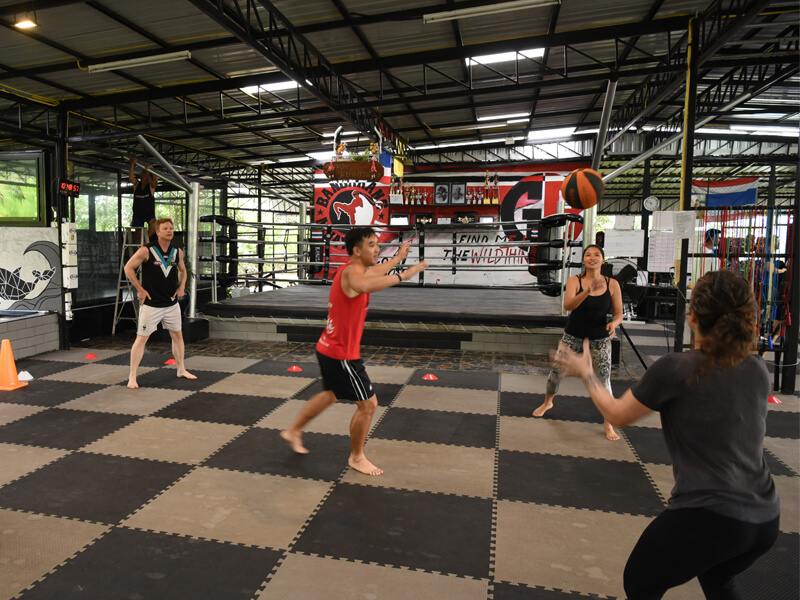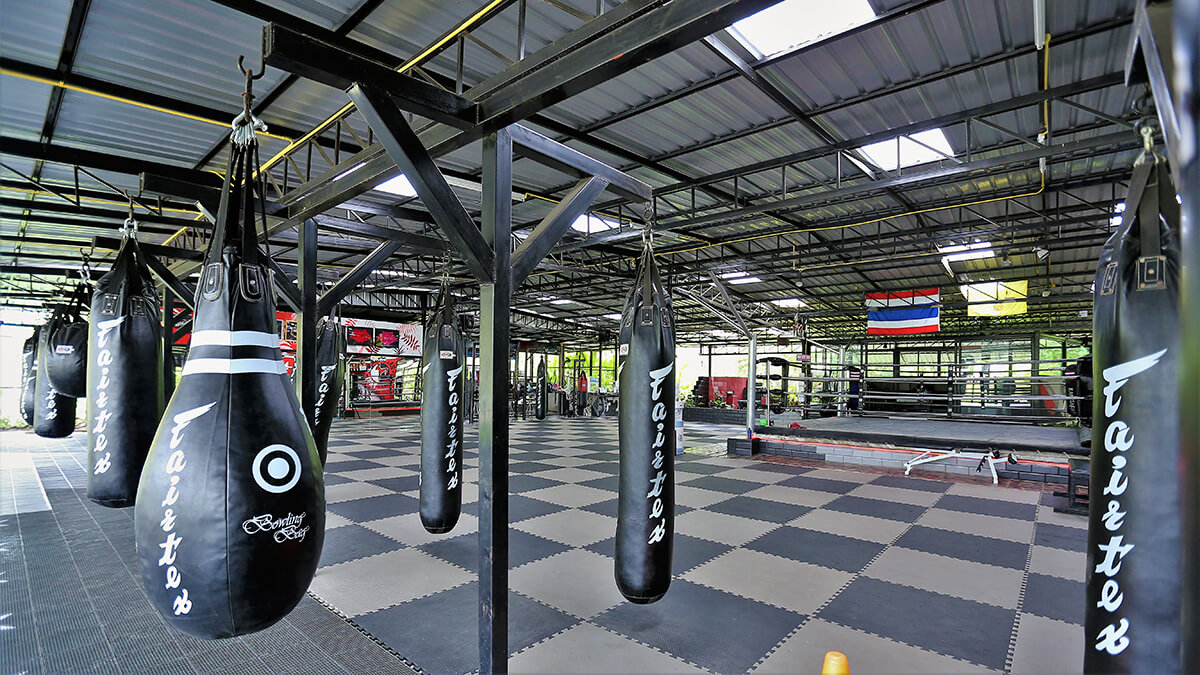Muay Thai Gym&Trainer
The Financial Aspect of Running a Muay Thai Gym: What You Need to Know
Introduction
Running a Muay Thai gym can be a rewarding endeavor, combining a passion for martial arts with a sustainable business model. However, understanding the financial aspects is crucial for success. This guide covers the key financial considerations involved in opening and maintaining a Muay Thai gym.
Understanding the Costs of Starting a Muay Thai Gym
Initial Investment
Starting a Muay Thai gym requires a significant initial investment. Key expenses include:
- Location: Leasing or purchasing property in a suitable area.
- Renovations and Equipment: Mats, punching bags, boxing rings, and other necessary equipment.
- Licenses and Permits: Ensuring compliance with local regulations.
- Marketing: Initial advertising to attract members.
Ongoing Operational Costs
Ongoing costs to consider include:
- Rent or Mortgage Payments: Regular payments for the gym space.
- Utilities: Electricity, water, heating, and cooling.
- Staff Salaries: Instructors, administrative staff, and cleaners.
- Equipment Maintenance and Replacement: Regular upkeep of gym equipment.
- Insurance: Coverage for liability, property, and worker’s compensation.
Revenue Opportunities for Muay Thai Gyms
Membership Fees
The primary source of revenue for most gyms is membership fees. Offering various membership plans (monthly, yearly) can cater to different customer needs.
Classes and Training Sessions
Charging for individual classes, personal training sessions, and specialized workshops can significantly boost income.
Merchandise Sales
Selling branded apparel, equipment, and nutritional products can create additional revenue streams.
Events and Competitions
Hosting events, competitions, and seminars can attract attention and generate income through entry fees and sponsorships.
Financial Management Tips for Muay Thai Gym Owners
Budgeting and Planning
Creating a detailed budget helps manage expenses and forecast revenue. Regularly reviewing financial performance ensures the gym remains profitable.
Effective Marketing
Invest in both online and offline marketing strategies to attract and retain members. Utilize social media, local advertising, and community engagement.
Diversifying Revenue Streams
Diversify income by offering different services and products. Consider online training sessions or collaborations with local businesses.
Cost Control
Monitor and control operational costs. Negotiate with suppliers, manage utility usage, and maintain equipment to avoid unexpected expenses.

FAQs
What are the startup costs for a Muay Thai gym?
Startup costs can vary widely but typically range from $50,000 to $150,000, including property, equipment, and initial marketing expenses.
How can a Muay Thai gym increase its membership?
Effective marketing, quality training, community engagement, and flexible membership plans can help attract and retain members.
What are common challenges in running a Muay Thai gym?
Challenges include high initial costs, maintaining steady membership, competition from other gyms, and managing operational expenses.
How important is location for a Muay Thai gym?
Location is crucial. A gym should be easily accessible, preferably in a high-traffic area to attract walk-ins and convenience for members.
What insurance is needed for a Muay Thai gym?
Essential insurance includes liability, property, and worker’s compensation to protect against accidents and other risks.
Can a Muay Thai gym be profitable?
Yes, with effective management, diverse revenue streams, and strong marketing, a Muay Thai gym can be profitable.
Conclusion
Running a Muay Thai gym involves understanding both the costs and revenue opportunities. By managing expenses, diversifying income, and maintaining effective marketing strategies, you can build a successful and profitable gym. Whether you are just starting or looking to improve your current gym, focusing on the financial aspects will help ensure long-term success.

